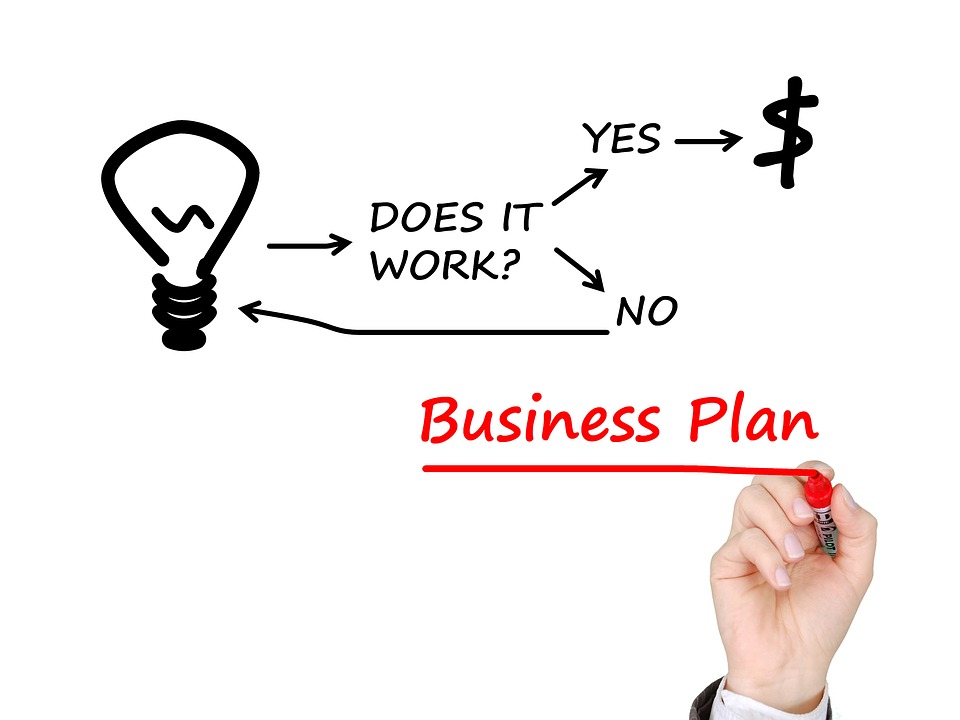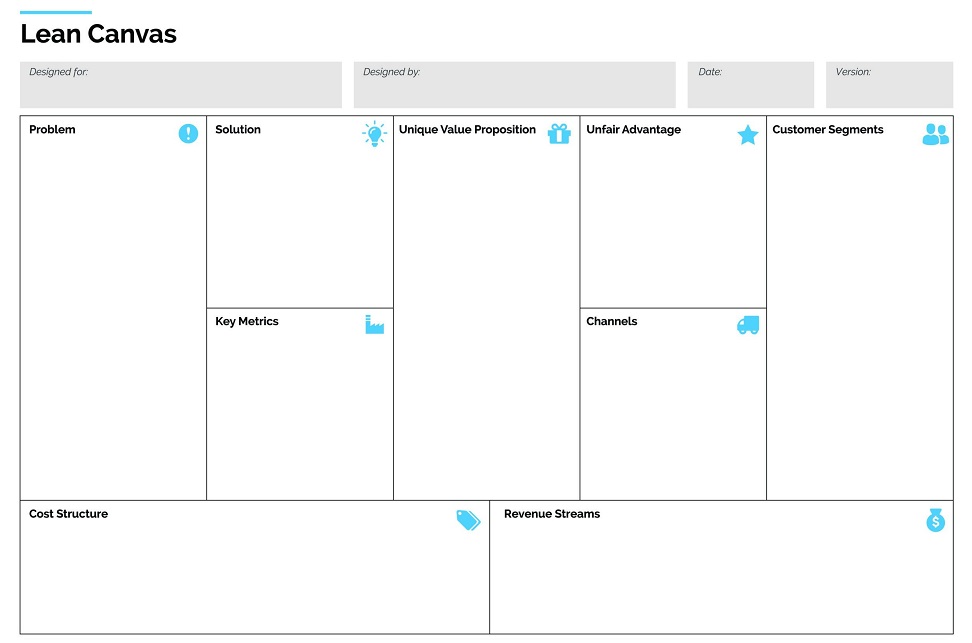
You’ve found the best startup idea and tested its viability. Next, you’ve to plan it. Finally, you’ve to create a well-researched business plan and communicate it with others. But, getting your startup idea out from your head onto a document can be challenging.
In the past, writing business plans would take weeks or even months. Enter Lean Canvas!
Lean Canva is a free and useful tool to map your assumptions. It’s all about knowns and unknowns in your startup idea. When you fill out the canvas, you write down everything about your idea that you know and don’t know. You can test them out later to know if your assumptions were right or wrong.
At Symphony Software, we can perform and guide you through the creation of lean canvases for your website and marketing projects. As a result, you’ll be able to systematically validate and grow your startup idea.
What is Lean Canvas?
Lean Canvas is a single-page business plan method adapted from the Business Model Canvas by Alexander Osterwalder. Ash Maurya introduced the method.
The Lean Canvas plan consists of several blocks, allowing you to map out key points related to your startup idea. These key points help turn your idea into a concrete plan. While Business Model Canvas is intended for established businesses, Lean Canvas is more focused on startups.
How to Make a Lean Canvas?

The Lean Canvas template has nine blocks. Here’s how you fill them out for your business idea:
Problem: List key problems of your different customer segments that you want to solve with your startup idea.
Customer Segments: In this section, you’ve to write down who your target audience is. You can think about customers and their problems in this section because both are tied together.
Unique Value Proposition: Use this section to reflect the unique value of your product, service, or idea. This section explains what makes your idea unique, how it solves customers’ problems, and its specific benefits.
Solution: You can’t explain the perfect solution right away. But Lean Canvas will get you started. Talk to your audience to find out their wants and needs.
Channels: What channels are you going to use for marketing and advertising? These include traditional channels like print and radio to digital marketing.
Revenue Streams: How will you price your products or services? What are your sources of funds? How much do people want to pay? What’s the minimum you can charge? Answer these or other related questions in this section.
Cost Structure: Estimate the costs to run your business and market your offerings. It includes the costs of market research, staff, technology, and more. With an idea of your costs, you can estimate how many customers you need to break even.
Key Metrics: Identify how you will monitor your business performance. Identify key activities that you want to monitor to determine how people interact with your business.
Unfair Advantage: Your unfair advantage is your uniqueness that other businesses don’t have. You can have multiple unfair advantages, from an excellent staff to endorsements from top influencers.
When should you use a Lean Canvas?
At the discovery stage! It’s a great way to identify your customers and problems. It also helps assess your startup idea successfully.
Final Words
The Lean Canvas model takes just about 20-30 minutes to create your business plans. Of course, it won’t provide all of the information right away. But, it’s a great way to get started.
